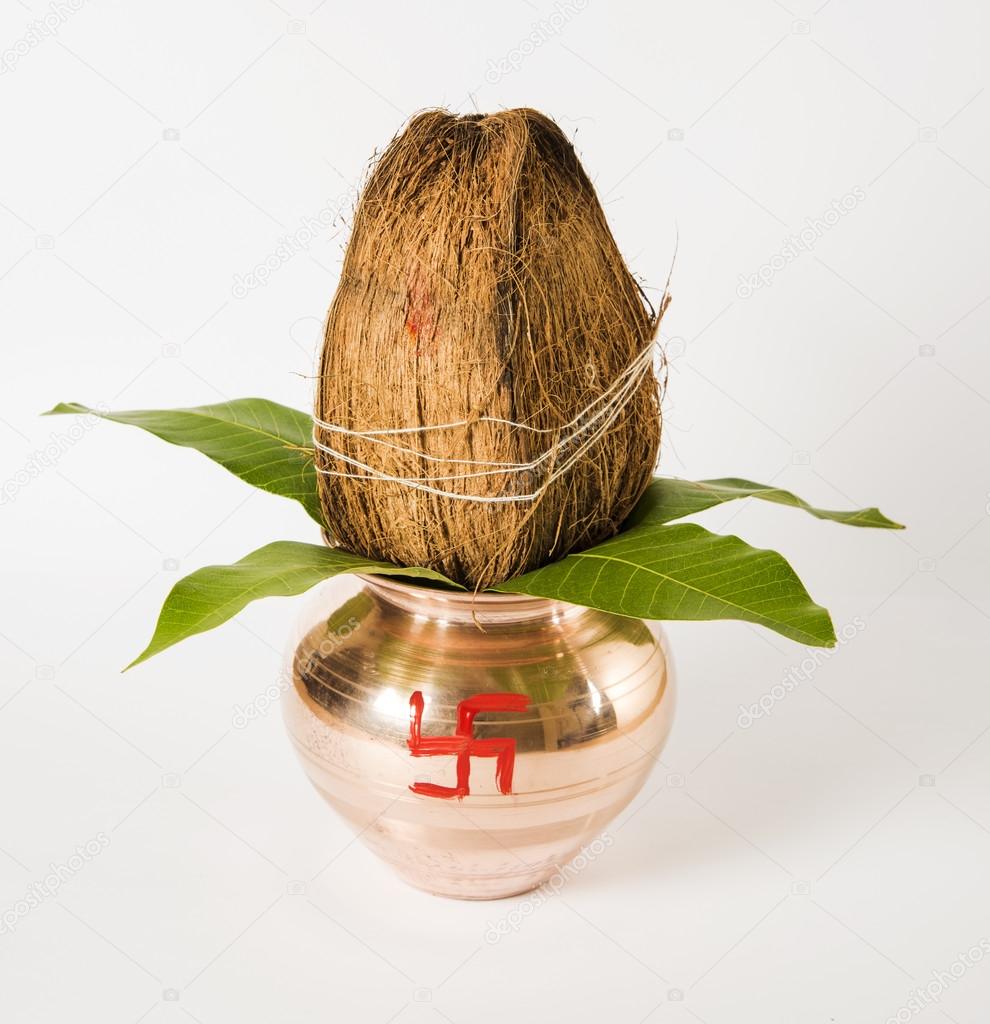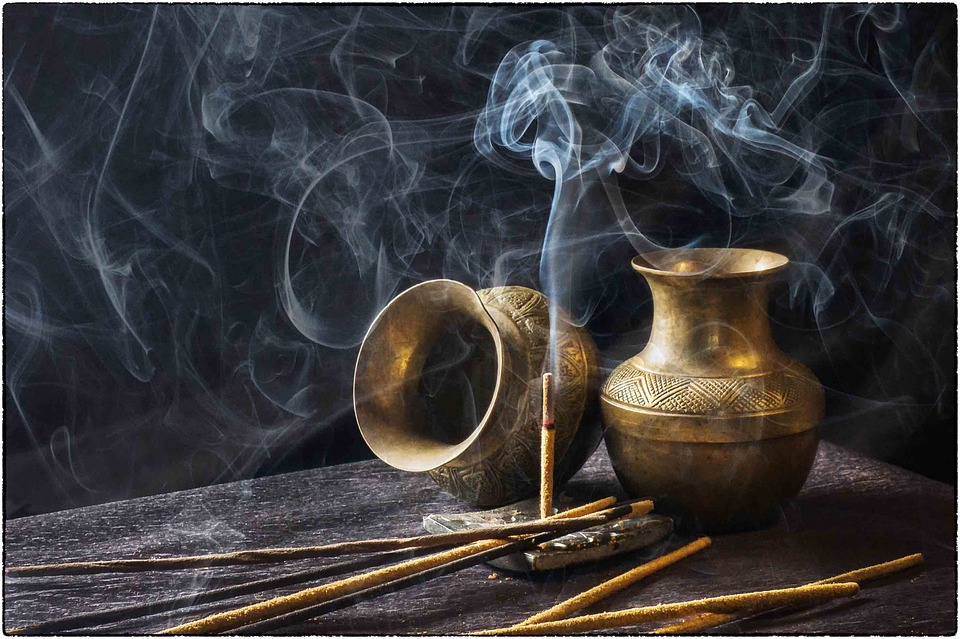Despite being based upon the teachings of the Vedas, the Hindu way of life is somehow liberal in every aspect, teaching us that life is the greatest gift bestowed upon human beings. However, one can never forget that religious ceremonies still have an important role to play in the lives of most Hindus.
So, let’s see what the essentials of a Hindu religious ceremony are.
The “Bath” Ceremony

Before any special ceremony, a bath is very important – for both tangible and intangible benefits. Say, for instance, a foul mouth stained with stale saliva gets cleansed while laziness, mixed with bad dreams, thoughts and actions, are washed away.
Nothing cleanses the body better than a good bath. It’s always a must before any Hindu religious ceremonies.
Sanctity, purity and cleanliness are all qualities that are believed (by religious leaders) to uplift mankind. They play a critical role in keeping the body healthy, the mind content and the soul peaceful. A good bath does all this and prepares you for religious activity.
See, external purity consists of using water, soap, shampoo and other cleansing agents while internal purity consists of aiming your control over emotions like passion, anger, greed and selfishness.
Religious texts such as the Vishwamitra Smriti, the Bhavishyapuran and the Devi Bhagwat explain how excrements from all nine openings make the whole body dirty. These are cleared after visiting the toilet and having a bath. Without cleaning the body, no religious activity must be undertaken.
The Use Of Coconut In All Hindu Religious Ceremonies

You must have noticed how at all Hindu religious ceremonies, auspicious functions and activities, the coconut plays a vital part. For Hindus, the coconut symbolizes something auspicious, of wealth, honor, progress and good fortune.
It is thus customary to mark a coconut with five red dots and place it on a water vessel (kalash) or offer it in prayer. Some also like covering it partially with a red cloth. It is also customary amongst many people that when a person is honored, along with a gift a coconut is offered as a symbol of purity.
Customs vary about offering the coconut whole or broken during the ceremony. Most people offer the whole coconut at the beginning of the ceremony and later break it and offer this as Prasad.
In Hinduism, offering a coconut is equivalent to the offering of a human to God, as the coconut resembles to a human head. The offering of a coconut has also been equated with offering blood to God.
It is further believed that the Hindu triad – Brahma, Vishnu and Mahesh – reside within the coconut.
The Importance Of A Kalash In All Hindu Religious Ceremonies

Again, something you must have noticed – in the midst of a religious ceremony, there stood a kalash (water pot) amongst other paraphernalia.
A kalash is mostly made of copper and other metals used are brass or stainless steel. It is usually filled with water and the top is closed by placing a coconut tied in a red cloth along with mango leaves. The water is utilized as charanamrit at the end of the ritual and is also sprinkled over the house. It is thought to bring good fortune.
A kalash is regarded fortunate because it houses the Hindu trinity of Brahma, Vishnu, and Mahesh, as well as their consorts Saraswati, Lakshmi, and Durga. Amrit (celestial nectar) was discovered in a kalash while the ocean was churning. It is also thought that Sita sprang from a kalash in mother earth.
So, irrespective of the occasion – a prayer, ceremony, coronation, entry into a new home, undertaking a long journey, a wedding, a pilgrimage or any other auspicious occasion, it is compulsory to have a kalash.
What do you think is a must in a Hindu religious ceremony?


